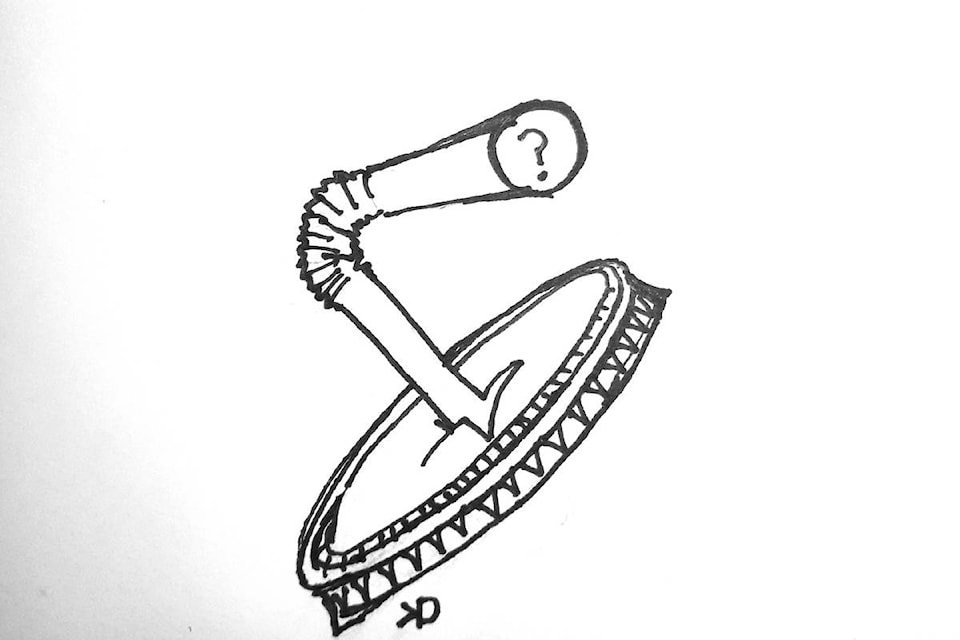The Okanagan is saving the world, one plastic straw at a time. Starbucks is doing it. A&W is doing it. It has a Twitter hashtag #StopSucking. Local alternatives have been suggested ���߲��о���� a revival of ���߲��о����cereal straws���߲��о����, pasta straws or bamboo straws.
Black=historical carbon emission, Blue=current policies (including successful provincial carbon taxes), Purple=NDP Policies, Pink=imaginary line to get to Paris pledge. The yellow section of the vertical bar meets the Paris goal, which would limit warming to two degrees Celsius. From Climate Action Tracker.
READ MORE: Kelowna bakery offers bamboo straws as alternative to plastic
The world makes 31.9 million metric tons of plastic yearly. A quarter of that ends up in the ocean. Straws weigh so little���߲��о����about one sixty-seventh of an ounce or half a grams���߲��о����that all those billions of straws add up to only about 2,000 tons.
Let���߲��о����s reverse this for the moment.
If tomorrow we invented bags and straws (single use plastics) that could be recycled (with a perfect 100% capture rate), sourced all bottled water from taps, and put moving carpets out to whisk you through McDonalds or Tim Hortons drive-in for your morning latte, where would we be? We wouldn���߲��о����t have made any measurable progress.
READ MORE:
We would have decreased plastic ocean pollution by less than 1%. We would have reduced our carbon footprint by less than 1%. Let���߲��о����s compare this to what needs to happen. The pollution targets set by the Paris agreement were based on sound science and a hard fact: it is too late to prevent global warming. That doesn���߲��о����t mean we should party while Rome burns: while a rise of one degree celsius is bad, the consequence of a rise over two degrees celsius is pretty much catastrophic.
So with a goal of bad but not catastrophic, Canada pledged to reduce carbon emissions (personal and industrial) to 30% below what it was in 2005 by the year 2030. What were Canada���߲��о����s emissions in 2005? About 700 megatons. Let���߲��о����s see, to meet this goal we would need to reduce Canada���߲��о����s emissions by 20 megatons each year. That would be progress.
If 20 megatons is our yearly reduction goal, are straws a big deal? No. To put this in perspective each person in Canada would have to throw away 11 straws a day for this to be even one percent of Canada���߲��о����s goal.
READ MORE:
How did we get to the point where we talk and talk about plastic straws, while we ignore larger problems? Blame the zoo animals. An association of zoos got tired of finding plastic straws near or in zoo animals. When people asked where the straws were at the concession stand, they used the moment to talk about plastic in the ocean. The policy was adopted by Sea World, then the and now the Okanagan is abuzz with companies considering getting rid of plastic straws. It may have been a good move on the part of a zoo. It���߲��о����s not the biggest problem the Okanagan is facing.
About Kristy Dyer:
Kristy Dyer has a background in art and physics and consulted for Silicon Valley clean energy firms before moving (happily!) to sunny Penticton. Comments to Kristy.Dyer+BP@gmail.com
Like us on and follow us on .



